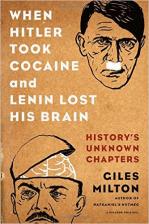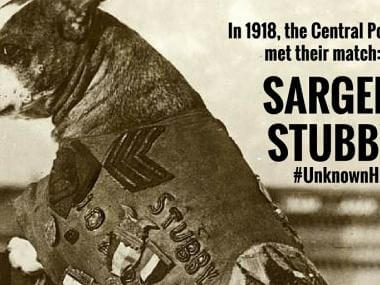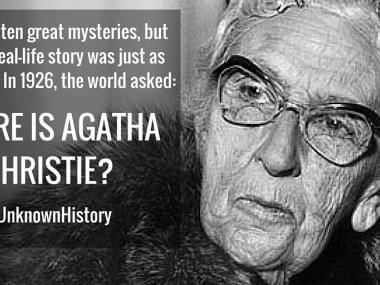Who Really Killed Rasputin?
It’s not everyday that someone confesses to a murder they most certainly did not commit. Who was Prince Felix Yusupov covering up for? Find out in this story, as excerpted from When Hitler Took Cocaine and Lenin Lost His Brain by Giles Milton, the basis for the podcast, Unknown History.
The frozen corpse was spotted in the River Neva on the last day of December 1916. A river policeman noticed a fur coat lodged beneath the ice and ordered the surface crust to be broken.
The frozen body was immediately recognizable as belonging to Grigori Rasputin, ‘holy’ adviser to the Tsar and Tsarina of Russia. Tsar Nicholas and his wife, Alexandra, believed Rasputin to be blessed with semi-magical powers that brought temporary relief to their haemophiliac son.
Others took a rather different view. Rasputin was widely hated as a dissolute fraudster who was manipulating the affairs of state to his own advantage. Many in the Russian capital had long wished him dead.
An Unlikely Confession
Prince Felix Yusupov, in whose palace Rasputin had died, not only admitted to being involved, but also justified the killing by arguing that Rasputin was bad for Russia. He bragged about having poisoned him with cyanide before shooting him through the heart.
From the outset there were good reasons to doubt Yusupov’s account. The man conducting the post-mortem, Professor Dmitrii Kosorotov, noted that the corpse was in a terrible state of mutilation. Additionally, the story of the poisoned cakes was untrue; the post-mortem found no trace of poison in Rasputin’s stomach.
Kosorotov also examined the three bullet wounds in Rasputin’s body: ‘The first has penetrated the left side of the chest and has gone through the stomach and liver. The second has entered into the right side of the back and gone through the kidney.’
Both of these would have inflicted terrible wounds, but the third bullet was the fatal shot: ‘[It] hit the victim in the forehead and penetrated into his brain.’ Professor Kosorotov noted, significantly, that the bullets ‘came from different calibre revolvers.’
On the night of the murder, Yusupov was in possession of a pocket Browning, as was fellow conspirator Grand Duke Dmitrii. Vladimir Purishkevich, also present, had a Savage.
These weapons could have caused the wounds to Rasputin’s liver and kidney. But the fatal gunshot wound to Rasputin’s head could only have come from a revolver.
A Foreign Foe?
All the evidence points to the fact that the gun was a British-made .455 Webley revolver. This was the gun that belonged to Oswald Rayner, a close friend of Yusupov since the days when they had both studied at Oxford University.
Unknown to anyone except the small group of conspirators, Rayner had also been present on the night of Rasputin’s murder. Sent to Russia more than a year earlier, he was a British agent working for the Secret Intelligence Service (now MI6).
Prince Yusupov was circumspect about Rayner when he wrote his memoirs. He mentions meeting him on the day after Rasputin’s murder but presents their meeting as a chance encounter. ‘I met my friend Oswald Rayner … he knew of our conspiracy and had come in search of news.’
Yusupov did indeed meet with Rayner after the murder, but Rayner had not needed to ‘come in search of news’ for he had fired the fatal shot.
How did the Russian government react to these claims of British involvement?
To find out the answer, listen to the full episode of our new podcast, Unknown History, in the top right hand player of this page or on iTunes, Stitcher, and Spotify. For more stories from Giles, check out his interesting tale about Unity Mitford, Hitler’s Mistress, on The History Reader. Plus, connect with Giles on Twitter and Facebook.
This post is roughly excerpted from When Hitler Took Cocaine and Lenin Lost His Brain. You can purchase the book on Amazon, Barnes & Noble, Indiebound, Books-a-Million, and Apple.







